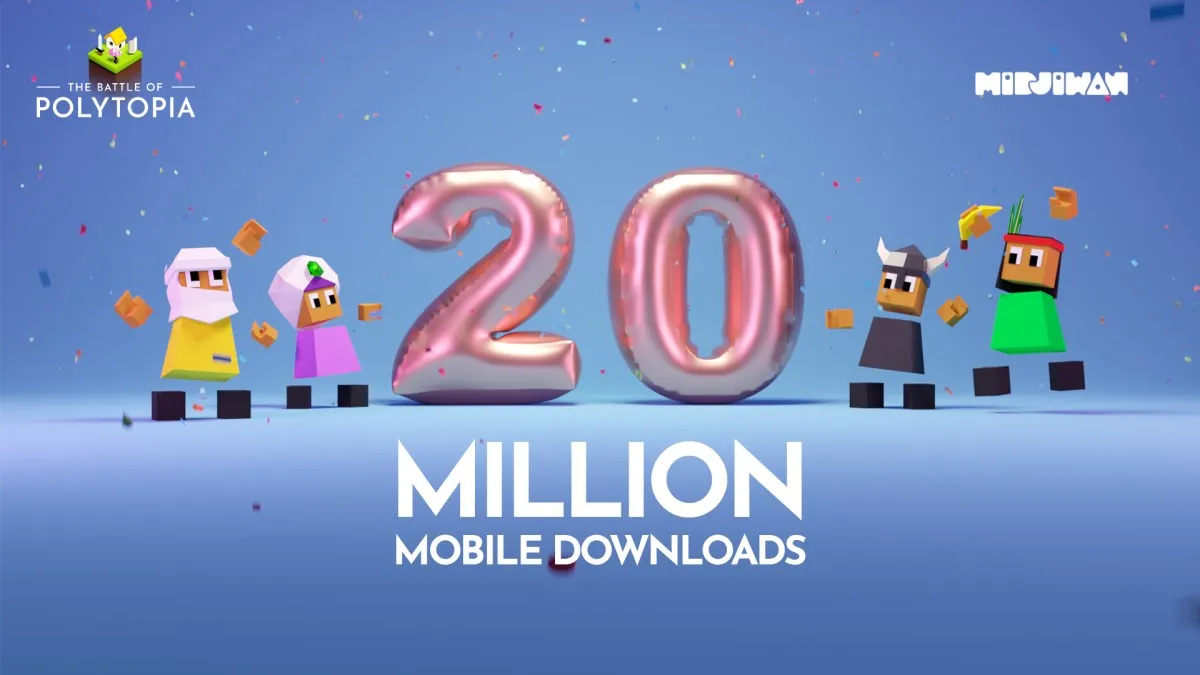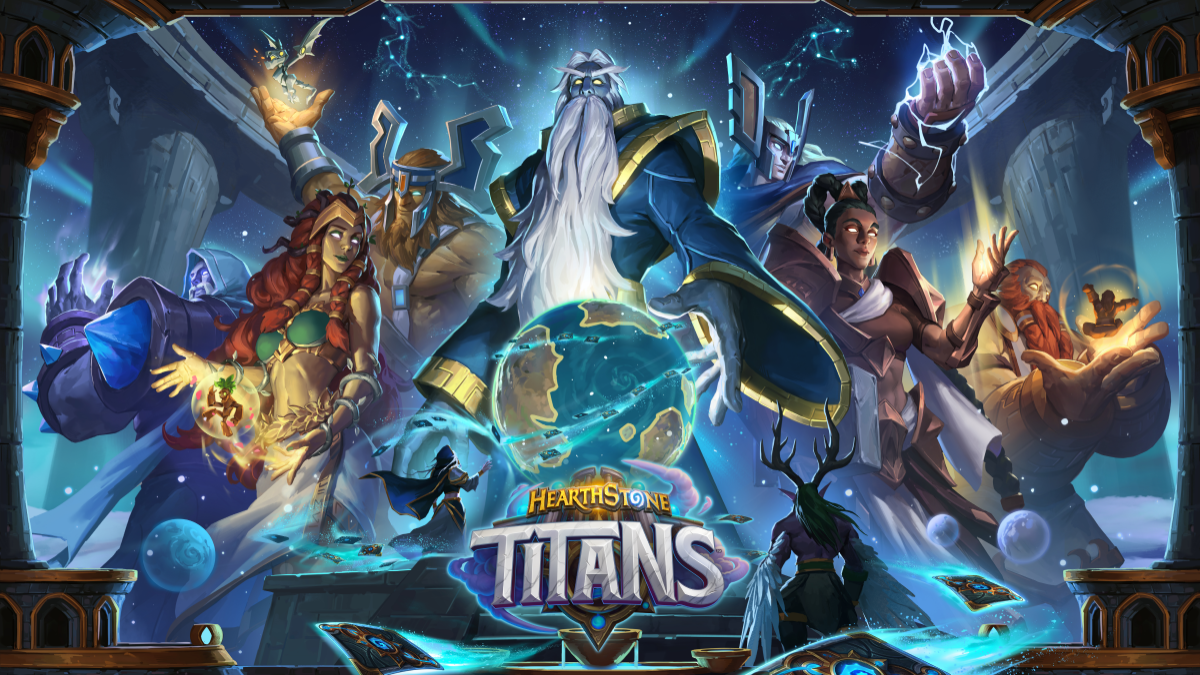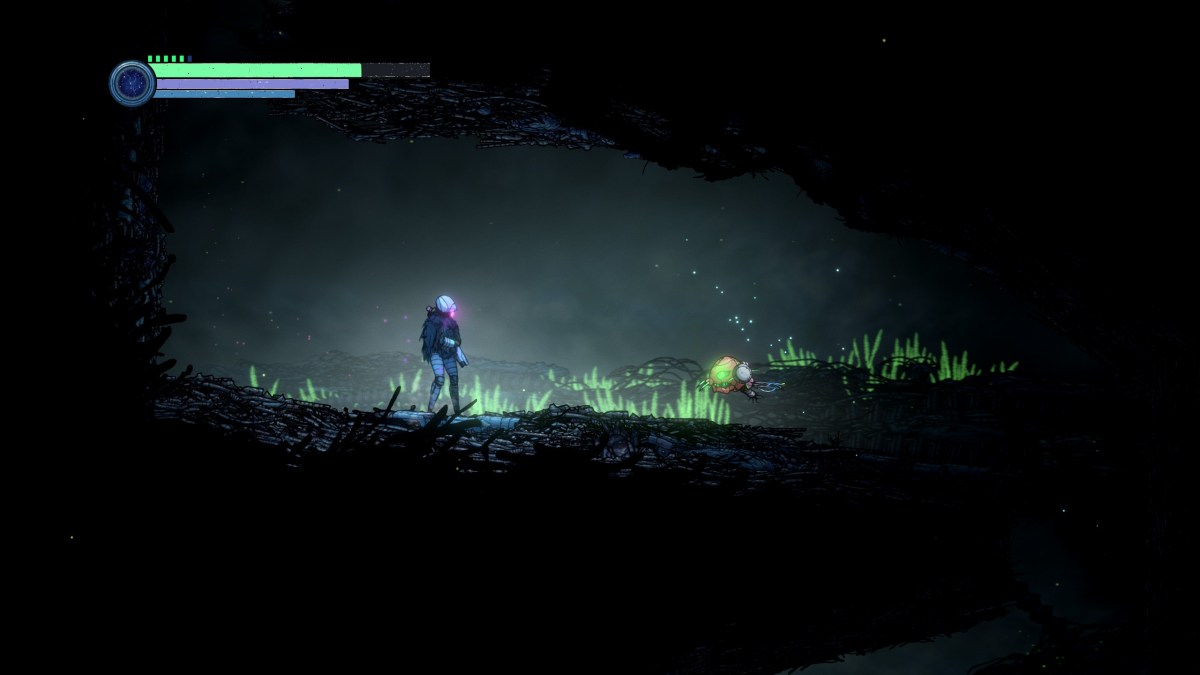Following our hands-on look of Darksiders 2, we caught up with the game’s director Marvin Donald to talk everything from Zelda, the new protagonist, the future console generation and digital distribution.
IncGamers: Looking back at the first game, what did you see as particularly successful elements that you wanted to retain in Darksiders 2?
Marvin Donald: That’s really hard to answer [laughs]. We liked the game overall, we just really set out to make everything that bit better. I guess the easiest way to answer the question is that, by taking into account our new character, Death, we wanted to make things that bit faster and more responsive.
Death is more much agile than War (the protagonist of the first Darksiders), so we’ve got quite a big contrast there. That has allowed us to evolve the traversal elements of the game, but all the platforming elements from Darksiders are still here – only now they’ve been greatly elevated.
IG: Why were so you set on making it feel ‘faster’?
MD: To make it more exciting. Rather than slow and methodical, we wanted it to feel a little bit more tense. For example, there are moments when you’re suspended above ground and you’re against the clock and if you don’t time a jump right there’s a chance you’re going to fall. There’s a stronger sense of peril and danger than there was before.
IG: The skill tree that you’ve got in Darksiders 2… how specialised can you get?
MD: Two players won’t necessarily have the same skills, because there are simply not enough points to get every skill in the game. One tree skill focuses on strength and combat and the other on ‘wrath’. If you want to improve your skills with your weapons then you will want to focus on the Harbinger skill tree, but if you want take enemies out with your wrath moves then focus on the Necromancer tree.
You’ll get a different experience depending on which tree you focus on. You can unlock skills across them both and there are some combinations that work very well, so it’s worth experimenting.
IG: With the skill trees, the hub/dungeon setup, the loot pickups etc… would you go so far as to call Darksiders 2 a RPG?
MD: I love RPGs and I’d love to play Darksiders 2 as an RPG; I think it would be a very satisfying experience from that perspective. But I think it’s really up to the audience to decide whether or not they see it as an RPG once they’ve played it. I would, however, definitely recommend it to someone who enjoys RPGs.
IG: Why choose Death as the lead character?
MD: A few reasons… we wanted to expand the story, rather than deeper into the exact same one; we wanted to provide a different perspective on the same events. I think that allows our sequel to feel very different from a typical sequel.
We also wanted a character that would bring more people into the series – we think that, when you talk about the traditional Four Horsemen of the Apocalypse, Death is probably the most well-known. Then there’s the fact that we just wanted to do something exciting and different.
Death has a brash attitude, he’s got his own personal agenda and on the battlefield he’s much more feral and vicious than War from the first game and that allows us much more flexibility. So rather than reinvent War in order to explore new content, we thought it would be better to put him aside for a while and develop something new.
In the future we’d like to find ways of evolving War so that he’s still his own unique character, but also make him something that’s in par with what we’ve done in Darksiders 2.
IG: So, you’re definitely thinking about bringing War back?
MD: Without committing to anything… to be honest, in Darksiders 1, we wanted all four horsemen in the game. It just wasn’t possible due to the budget, the required scope and because we were building a brand new studio and a brand new IP. It would have been four times more work.
We didn’t want to just reskin the same characters with the same set of animations, we would have wanted all four of them to feel completely different. Doing that within a single game and making sure all of the content works across four characters is something we hope to do the future, but we don’t know when.
There’s no way we can commit to doing that for Darksiders 3, but I can say that we’d love to do it. I guess the probability of that happening will be determined by how successful Darksiders 2 is, because that will have a direct effect on our budget and schedule.
IG: How much scope would you give yourselves in changing the makeup of the four horsemen? I’m not sure how fun it would be to play as Pestilence…
MD: Well, we’ve renamed Pestilence. In our universe Death and War are the only two that share names with the ‘historical/mythological’ horsemen that we all know.
We’ve got Death, War, Fury and Strife. They are wholly our own, there is literally nothing that connects them to the ‘originals’ so that we give ourselves creative license to do whatever we want to do.
IG: With the four horsemen setup, do you ever think about incorporating co-op?
MD: Yeah actually, we think about it all the time. We wanted to do it in the first game, but it just wasn’t possible. Hopefully we can do it for Darksiders 3, but we haven’t committed to anything. That’s not an announcement by the way [laughs], but that’s what we wish will happen.
IG: What did you guys make of the Zelda comparisons that various people made to the first Darksiders?
MD: We’re honoured by it, we’re huge fans of Zelda. Those game are definitely an inspiration for the kind of work that we do. We like their style of dungeons, puzzle solving and general pacing and we think [the comparison] is a very positive thing.
Zelda is a franchise that has been around forever and has done a lot to define what modern gaming is; there are elements that connect all of the Zelda together and make that franchise so successful. Basically, we want to make the kinds of games that we like playing ourselves.
IG: What kind of aesthetic are you aiming for? The creative director comes from a comic book background, are you looking at emulating that comic book style?
MD: Not necessarily comics specifically, just not realistic. We wanted things to be very stlylised but I don’t think anybody is going to make the mistake of trying to own that [comic book] style. There are other games prepared to take that style a lot further, like Borderlands, for example, which literally has cross-hatching in the shadows and that kind of thing. We’re not going for quite that degree of illustration style.
However, we want our texture to feel hand painted rather than photorealistic. It should look like it was designed by an artist trying to exaggerate everything, rather than just representing real life.
IG: There’s a Wii U edition of Darksiders 2 in the works, how are you trying to make best use of that console’s unique features?
MD: We’re still working on that and we don’t really have any details on it right now. I can say that we’re directly tied to Nintendo’s development of the hardware, but I really can’t share any details about that with the public what with our own [legal agreement] with Nintendo.
Still, the control is really cool and we’re going to make sure we do everything we can to make sure it still feels like a Darksiders game. At the same time, the Wii U is unique and that comes with its own advantages – so it’s going to be more than the same game with a different control system.
We’ll probably go some cool stuff with the inventory system and the map system so that we can use the second screen properly and take advantage of the touch capabilities. No specifics, though.
IG: And what about the next generation of Sony and Microsoft consoles? Are you looking forward to that or would you prefer to keep things as they are for a while?
MD: I’m excited about it. We started Vigil at the very beginning of the 360’s life-cycle and most of the publishers we spoke to, before THQ bought our studio, were just getting into the thick of this generation and they were really excited about how great the next set of games were going to be.
I think it’s about that time when we should be using that term ‘next generation’ again.
I can definitely see how the 360 and PS3 could survive for a couple more years and I think gamers would be relatively happy with that, but they’ve had a long life-cycle already. For me personally it’s about that time for a [new generation].
I play PC games as well and there’s a significant delta between cutting edge PCs and consoles. Call of Duty, for example, there’s a significant difference there with what they’re able to do with shaders and resolutions. Also, a lot of PS3/360 games aren’t really running at 720p – that might be the technical output, but is that what the games are really rendering? Sometimes it’s as low as 640p or something in the 500 range. That’s scaled down for performance reasons, but with the next generation of consoles we won’t have to do that anymore and you’ll get true 1080p without cheating.
IG: What about distribution models? Do you think we’ll get more of a focus on streaming and digital content?
MD: I was hoping you were going to say that, actually. As a developer and as a gamer I’m very excited about that area. I like shopping online from my couch, and as long as developers are good about allowing people to pre-load before launch so that we don’t have to wait to download on launch day I think the experience will be great. Having a game at midnight without having to go to the store to get it is great.
I know people like having the physical copy on their shelf but they’re becoming the minority. There was a time when I always wanted the collector’s edition but over the years I’ve collected a lot of stuff and I just don’t have any more room.
Ultimately, the most important part of a game is the game itself, not the other stuff you get with it.
IG: How would a stronger digital distribution model affect Vigil as a business?
MD: It affects us a lot because you can’t buy a used game through that system. Of course, some people won’t like that because they don’t have the cheaper alternative. I’m sympathetic to that, I remember being a kid and only having so much money, but developers don’t see any of that used market money. That makes it harder for us to make better sequels because we get less income.
As a consumer I’d like to see digital prices go down because I’m not getting a box with it. I don’t know if that’s likely to happen, but you still get some great sales through the likes of Steam. There’s still a lot of opportunity to reduce prices and we have to make the most of that.
IG: Do you think that digital focus is likely for the next console generation?
MD: I think it’s possible. I don’t have the numbers of, for example, 360 users with a broadband connection but I’m assuming we’re at a point where the majority do have one. If that’s true then there’s no reason not to look more closing at digital distribution. Both first and third-party would benefit from that, and gamers will also.
Recommended Videos
PC Invasion is supported by our audience. When you purchase through links on our site, we may earn a small affiliate commission. Learn more about our Affiliate Policy
Author
Paul Younger
Founder and Editor of PC Invasion. Founder of the world's first gaming cafe and Veteran PC gamer of over 22 years.
We have upgraded our commenting platform! Existing comments will be imported over the next few weeks.






Published: Apr 10, 2012 12:58 pm